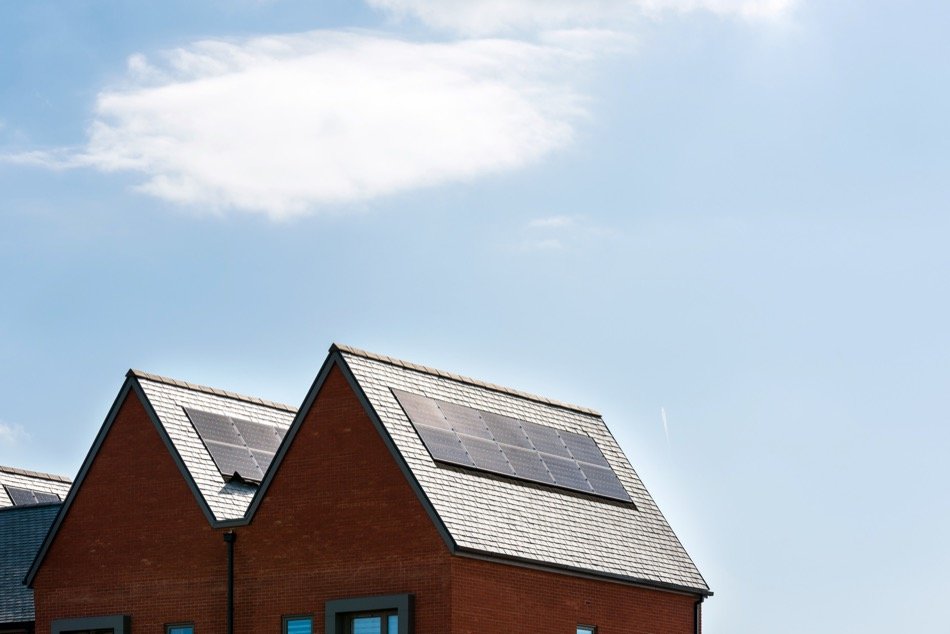What You Should Know About Sustainable Construction in Home Building
Posted by Justin Havre on Thursday, May 16th, 2019 at 11:11am.
 Canadians have been largely conscientious about their impact on the larger world around them, and it's really starting to show in both residential and commercial buildings. Standards for new construction homes and commercial buildings become ever more stringent, as legislators find new ways to regulate how construction companies carry out their designs. Find out more about how the green movement is starting to make its way into residential construction.
Canadians have been largely conscientious about their impact on the larger world around them, and it's really starting to show in both residential and commercial buildings. Standards for new construction homes and commercial buildings become ever more stringent, as legislators find new ways to regulate how construction companies carry out their designs. Find out more about how the green movement is starting to make its way into residential construction.
Efficient Heating and Cooling
There are two major forms of energy-efficient heating and cooling:
- Solar panels: Solar panels have become far more efficient in recent years, allowing them to generate energy even in areas with heavy cloud coverage. They use solar cells to turn light photons into an electric field that can then generate electricity to stabilize the home's temperature.
- Geo-exchange: This method has been the preferred technology in Canada due to weather conditions. It uses a system of pumps to heat or cool air from the Earth's 15° stable core.
Solar panels rely on what's above while geo-exchange draws the energy from below, but both types of technology have made huge strides in the past several years. And while it's likely we'll see more sustainable homes use geo-exchange, solar panels may still gain popularity in the coming years. Either choice would be a good option for homeowners who want to save money on their utility bills and to do their part for the environment.
Made in Canada
The farther products have to travel, the more energy is used during transit. From fossil fuels to air pollution, outsourcing simply isn't worth the environmental risks. But the demand for exotic materials is still strong, prompting manufacturers to get creative.
More and more organizations in Canada are producing traditionally foreign building materials so construction companies don't have to choose between their designs and the environment. For example, growers have found ways to cultivate certain species of bamboo, so companies don't have to import it from Asia.
In addition, rammed Earth is making a comeback in homes today. This ancient building technique of mixing soil, clay, and gravel makes use of the country's natural resources without having to look elsewhere. (These compressed bricks made from this mixture can be combined with water run-off systems to avoid erosion to the home.)
Water Recycling
Purifying rainwater can eliminate water bills entirely for homeowners in certain areas, making harvesting systems a particularly attractive feature in new home construction. Rainwater is not only perfectly safe, it's actually preferred by residents of rural areas to water from a river or dam. Gray water collected from the showers and sinks can be used to irrigate lawns and gardens. Given the amount of rainfall in many parts of Canada, this option would be particularly efficient for millions all around the country.
Harvesting systems are excellent options for new construction, but Westridge homeowners should know that older homes can be retrofitted for this technology too. As long as a home doesn't contain hazardous materials, such as asbestos sheets, it may be eligible for this upgrade.
Reused Building Materials
Imagine designing a home solely from the following list of materials:
- Old Heineken bottles
- Used tires
- Leftover wine corks
- Plastic bags
- Newspapers
- Shed tree bark
These items are just the start of different products being used to promote sustainability. Floorboards are made from cork and siding is made from old newspapers. Plastic bags can be turned into bricks. New recycling techniques are making these products far more durable than we could have imagined 50 years ago. Companies have even started to alter their production methods to make it easier for construction crews. For example, Heineken changed the length of their bottleneck and added recessed sides so their bottles could be stacked to create a 'brick' wall.
A Move Toward Natural
More companies in Canada are experimenting with how to make materials from natural sources. Animal blood and sand can make a brick, linseed oil and milk can make paint, and flour and sugar can make wallpaper glue. These tactics help cut down on building expenses and eliminate VOC exposure, a request that's been made early and often by consumers. Volatile Organic Compounds (VOCs) refer to the emissions in the air from toxic chemicals. Chronic exposure to VOCs lead to long-term breathing problems.
Sustainable technology doesn't just benefit the environment, it benefits all of us. It's efficiency at its finest —homeowners save money on their utility bills and their neighbors get to breathe cleaner air. Construction companies want to make the home as attractive to a new buyer as possible however they can, which is just one of the reasons why we're likely to see more sustainable techniques becoming mainstream in the next few years.
